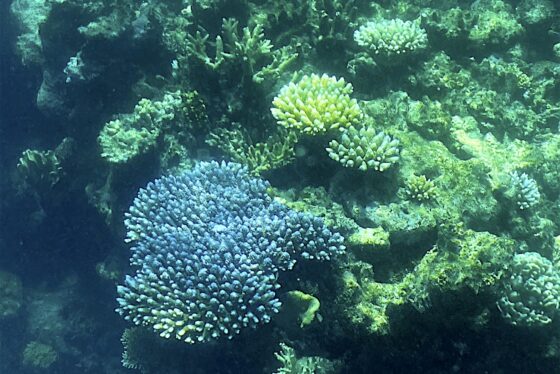
Parts of Australia’s Great Barrier Reef have more coral for the first time in decades, according to a government report Thursday that is making scientists cautious.
According to the Australian Institute of Marine Science, the northern and central parts of this massive UNESCO heritage site saw a marked increase in coral cover for the first time in 36 years, the date the monitoring was instituted, last year.
Scientists responsible for 87 sites say the reef has recovered faster than expected, thanks in part to the rapid growth of “acropora” corals, which help create coral reefs.
“These results show that the reef can still recover in periods without major disturbances”said Paul Hardisty, chief executive of the Australian Institute of Marine Science.
But far from claiming victory, he believes cyclones, bleaching events and the appearance of coral-eating starfish could easily put a stop to this progress.
For example, the southern part of the reef, which seemed to be recovering a year ago, is once again in decline.
“It shows how vulnerable the reef is to acute and severe disturbances that are more frequent and longer lasting”he declared.
Coral cover reached 36% at controlled sites in the northern part of the reef, up from 27% in 2021.
Further south, the numbers are less encouraging. In the central part the increase is less great and in the south their numbers decrease.
For decades, the Great Barrier Reef has been experiencing “bleaching” as a result of warming sea temperatures.
The proliferation of the coral-killing starfish has also taken its toll.
Many people fear an acceleration of damage that could lead to the total destruction of the reef.
For marine scientist Terry Hughes, the species behind this recovery are very vulnerable to ocean warming.
He believes that replacing the large, old, slow-growing corals that have defined the reef is probably “no longer possible.”
Zoe Richards, a researcher at Curtin University, also warned against being too optimistic.
“This recovery trend is fueled by a handful of Acropora species and it means the next heat stress event could easily re-decimate these coral communities.”
(AFP)